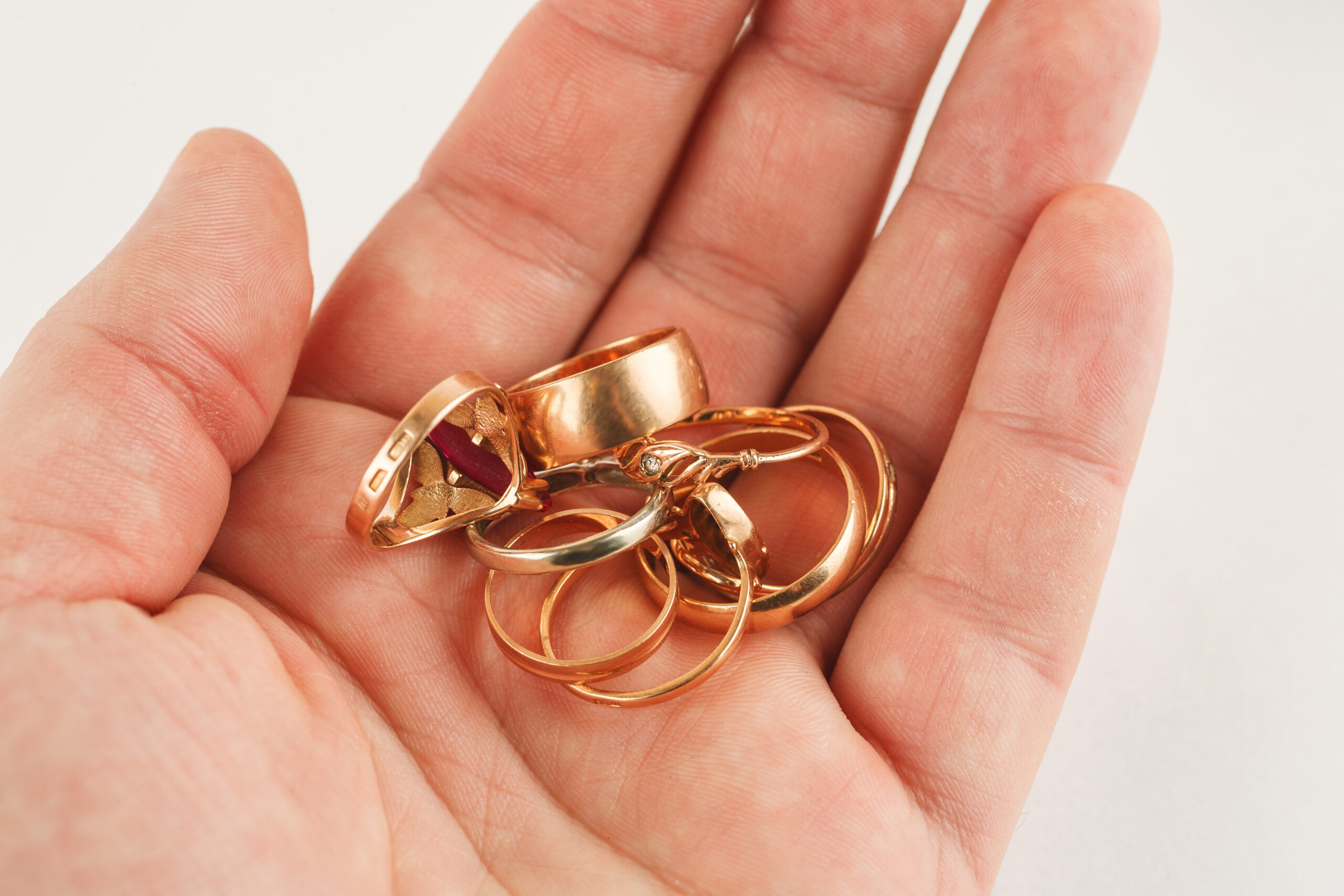Optimal Gold Allocation for Novice Investors: A Beginner’s Guide
Gold has long been considered a safe haven for investors, particularly during economic uncertainty. For beginners entering the gold market, a common question arises: “How much gold should I buy?” This decision depends on various factors, including financial goals, risk tolerance, investment horizon, and market conditions. When they’re looking for the best way to buy gold, Scottsdale beginner investors should consider the following information when deciding how much gold to buy so they can strike the right balance between risk and reward.
Understanding Gold as an Investment
Before determining how much gold to buy, it’s essential to understand what makes gold a unique investment. Gold is a tangible asset that has maintained its value over time, acting as a hedge against inflation, currency devaluation, and geopolitical risks.
Unlike stocks or bonds, gold doesn’t generate income or dividends. Its value is primarily driven by supply, demand, and investor sentiment. Therefore, gold is often considered a form of wealth preservation rather than a tool for rapid wealth accumulation.
Factors to Consider when Buying Gold
Several factors can influence how much gold a beginner should buy. Here are the most important ones to keep in mind:
Financial Goals
Your financial goals play a significant role in determining your gold investment. Are you looking to diversify your portfolio, hedge against inflation, or preserve wealth? For diversification purposes, financial experts generally recommend allocating 5–10 percent of your total investment portfolio to gold. If your goal is wealth preservation in turbulent times, you might consider a higher allocation, such as 15–20 percent.
Risk Tolerance
Investing in gold isn’t without risks. The price of gold can be volatile in the short term due to changes in market sentiment, currency fluctuations, and economic data. Beginners with a lower risk tolerance should consider starting with a smaller amount—perhaps 5 percent of their portfolio—in gold. As you become more comfortable with the market dynamics, you can gradually increase your exposure.
Investment Horizon
Your investment horizon, or the length of time you plan to hold your investment, should also impact your decision. Gold is generally more suited for long-term investment strategies. If you’re planning for retirement or long-term wealth preservation, a moderate to high allocation of gold (10–20 percent) could be suitable. However, for short-term investors, a lower allocation is advisable due to potential price volatility.
Market Conditions
Gold prices are influenced by several macroeconomic factors, including interest rates, inflation rates, currency values, and geopolitical tensions. It’s crucial to keep these conditions in mind when deciding how much gold to buy. During times of economic uncertainty or high inflation, a higher allocation might be prudent. Conversely, in a stable economy with low inflation, a lower allocation may suffice.
Types of Gold Investments for Beginners
Deciding how much gold to buy also depends on the form of gold you choose to invest in. Here are some popular options for beginners:
Physical Gold
Physical gold, such as coins, bars, and jewelry, is a traditional way to invest in gold. It provides a tangible asset you can hold and store, but it also comes with costs such as storage fees and insurance. Beginners often start with small gold coins or bars, such as 1-ounce coins, to diversify their portfolios without committing a large amount of capital.
Gold ETFs (Exchange-Traded Funds)
Gold ETFs offer a more convenient way to invest in gold without dealing with physical storage or insurance. These funds track the price of gold and can be bought and sold like stocks. For beginners, gold ETFs are an accessible and cost-effective way to gain exposure to gold with minimal hassle. A good starting point might be to allocate 5–10 percent of your portfolio to a gold ETF.
Gold Mining Stocks
Investing in gold mining stocks allows investors to benefit from the gold mining industry’s profitability. However, this option comes with higher volatility, since it’s also influenced by the company’s management, mining operations, and broader stock market trends. Beginners should proceed cautiously and limit exposure to a small portion of their portfolios, such as 3–5 percent.
Gold Mutual Funds
Gold mutual funds invest in a diversified portfolio of gold mining companies and other related assets. They offer a balanced approach for beginners, combining the potential for capital appreciation with reduced risk. Allocating around 5–7 percent of your portfolio to gold mutual funds can provide a diversified entry point into gold investing.
Steps to Determine How Much Gold to Buy
To decide how much gold to buy as a beginner, follow these practical steps:
Assess Your Financial Situation
Start by evaluating your current financial status, including savings, existing investments, and debts. Ensure you have an emergency fund and are comfortable with your financial health before investing in gold.
Define Your Investment Objectives
Understand why you want to invest in gold. Are you seeking diversification, a hedge against inflation, or long-term wealth preservation? Clearly defined objectives will help you determine the appropriate allocation of gold in your portfolio.
Start Small & Monitor the Market
It’s wise for beginners to start with a small initial investment in gold. Allocate around 5 percent of your portfolio and monitor market conditions and gold price trends. You can gradually increase your investment as you become more comfortable.
Diversify within Gold Investments
Consider diversifying your gold investments by combining physical gold, ETFs, mining stocks, and mutual funds. This approach helps you manage risk while maximizing potential returns.
Regularly Review & Adjust
As with any investment, your gold allocation shouldn’t be static. Regularly review your portfolio and adjust your gold holdings based on market conditions, economic outlook, and changes in your financial goals.
For beginners, deciding how much gold to buy depends on various factors, including financial goals, risk tolerance, investment horizon, and market conditions. A balanced approach involves starting small, diversifying within gold investments, and regularly reviewing your portfolio. By understanding these key factors, you can confidently navigate the gold market and build a solid foundation for your investment portfolio. Whether you’re looking to hedge against inflation or preserve wealth for the future, gold can be a valuable addition to your investment strategy.
Whether they’re looking to buy or sell palladium bars, silver bullion, or gold coins, Scottsdale residents trust the reputable dealers at First National Bullion and Coin. You can rely on our experienced professionals when you’re looking to add precious metals to your investment portfolio. Call one of our precious metals experts today.
The statements made in this blog are opinions, and past performance is not indicative of future returns. Precious metals, like all investments, carry risk. Precious metals and coins may appreciate, depreciate, or stay the same in cash value depending on a variety of factors. First National Bullion does not guarantee, and its website and employees make no representation, that any metals for sale will appreciate sufficiently to earn the customers a profit. The decision to buy, sell, or borrow precious metals and which precious metals to purchase, borrow, or sell are made at the customer’s sole discretion.


